
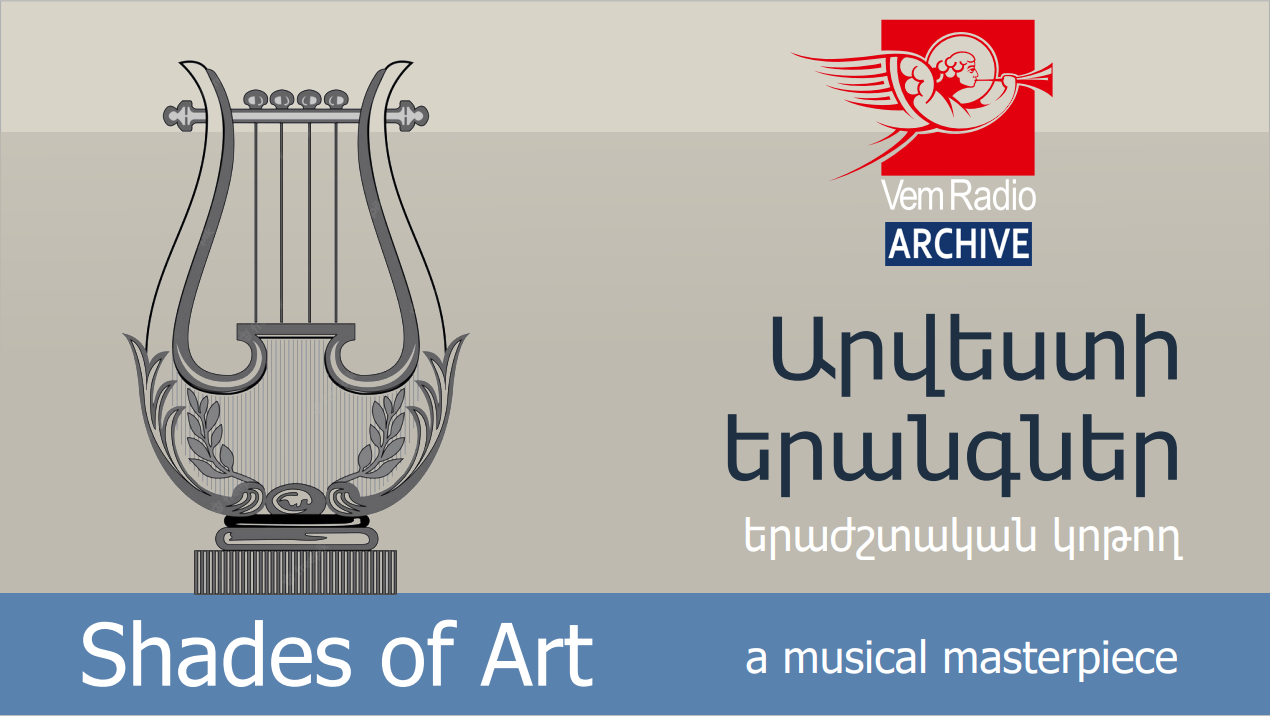
Shades of Art
The history behind the creation of great musical masterpieces.
The evolution of music and the creation of musical instruments.
The history of classical and folk dances.
- Host - Tatevik Tananyan

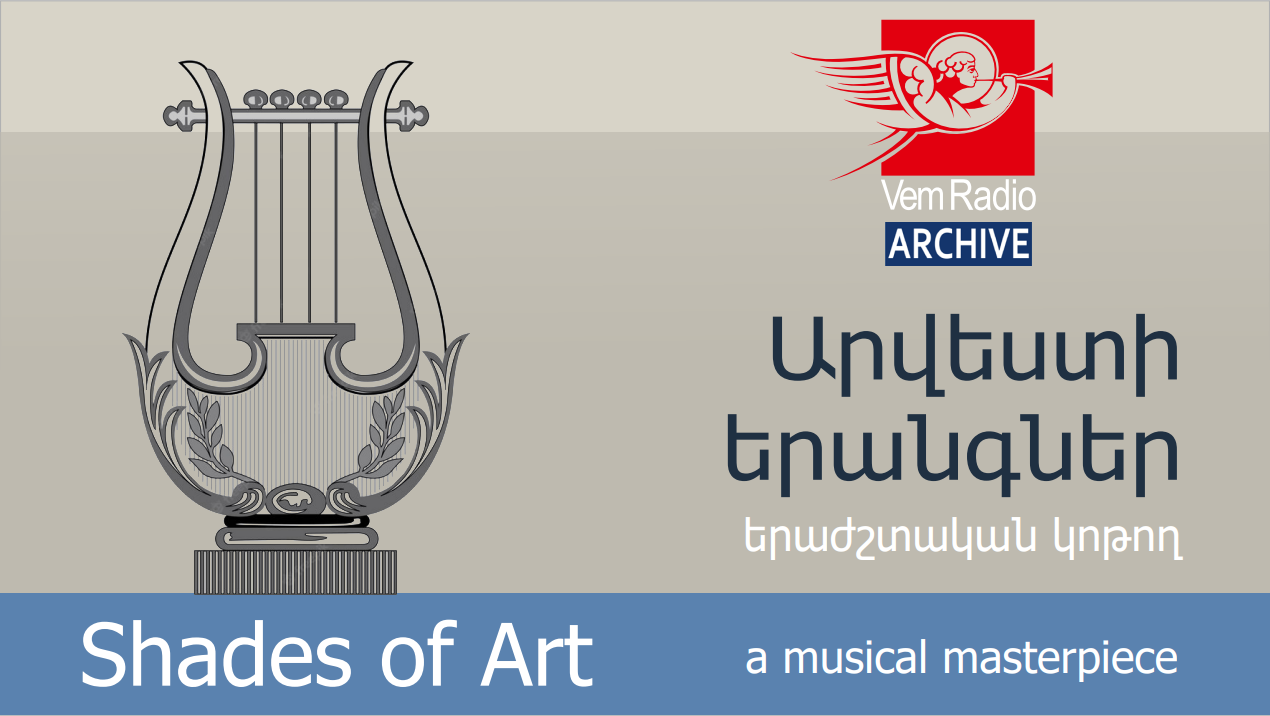
The Four Seasons
Today's special holiday broadcast honors the esteemed Italian composer, violinist, teacher, conductor, and Catholic priest, Antonio Vivaldi. We delve into his iconic concert series, "The Four Seasons."

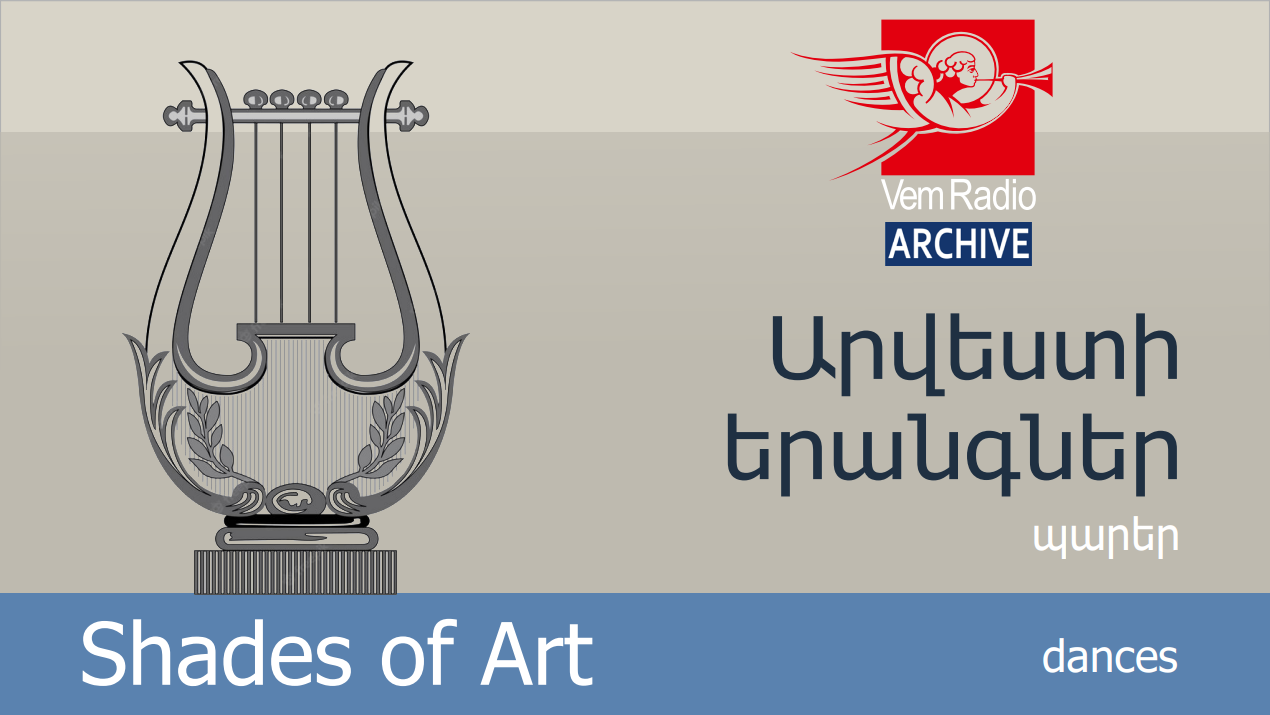
Sarabande
In today's episode of our dance history series, we present the mysterious sarabande...

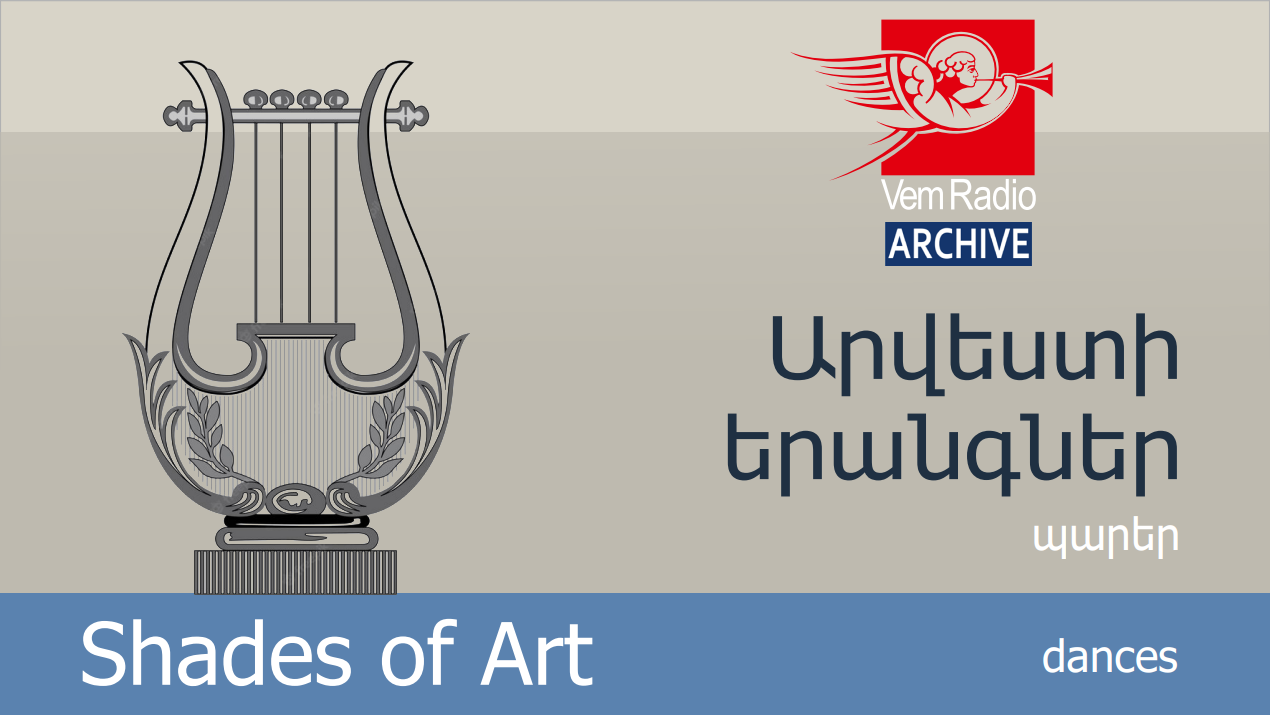
Polka
In today's episode, we dive into the lively world of the Czech national dance, the polka.

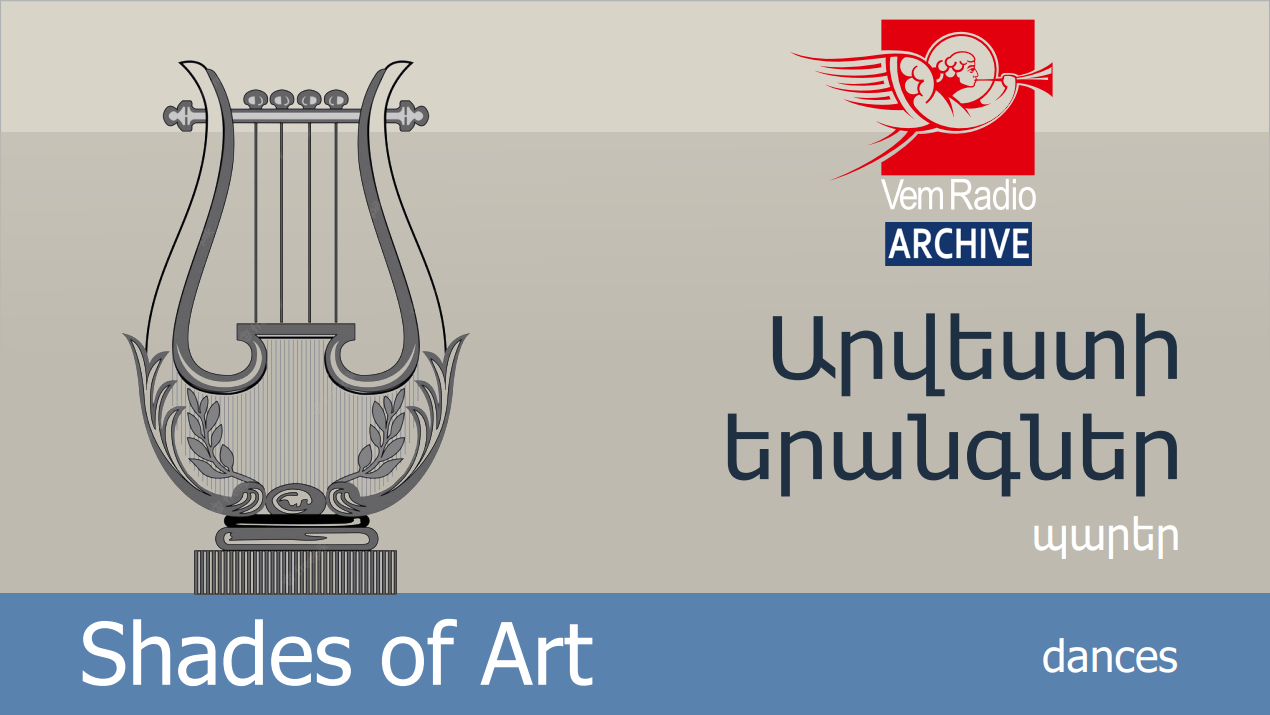
Tarantella
In today's episode of our series on the history of dances, we delve into the vibrant and energetic world of the Tarantella, the iconic national dance of Italy.

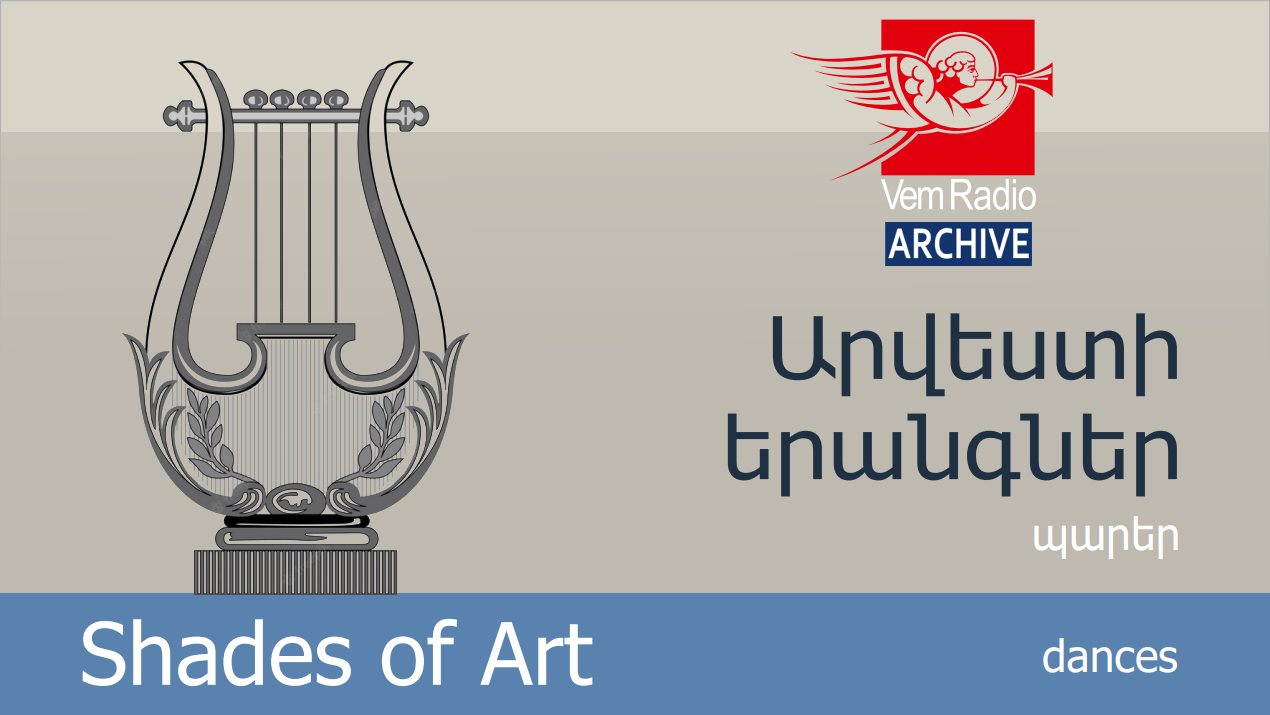
Minuet
Welcome to our season dedicated to historical dances. In today's episode, we explore the minuet, the beloved dance of Louis XIV, the Sun King of France.

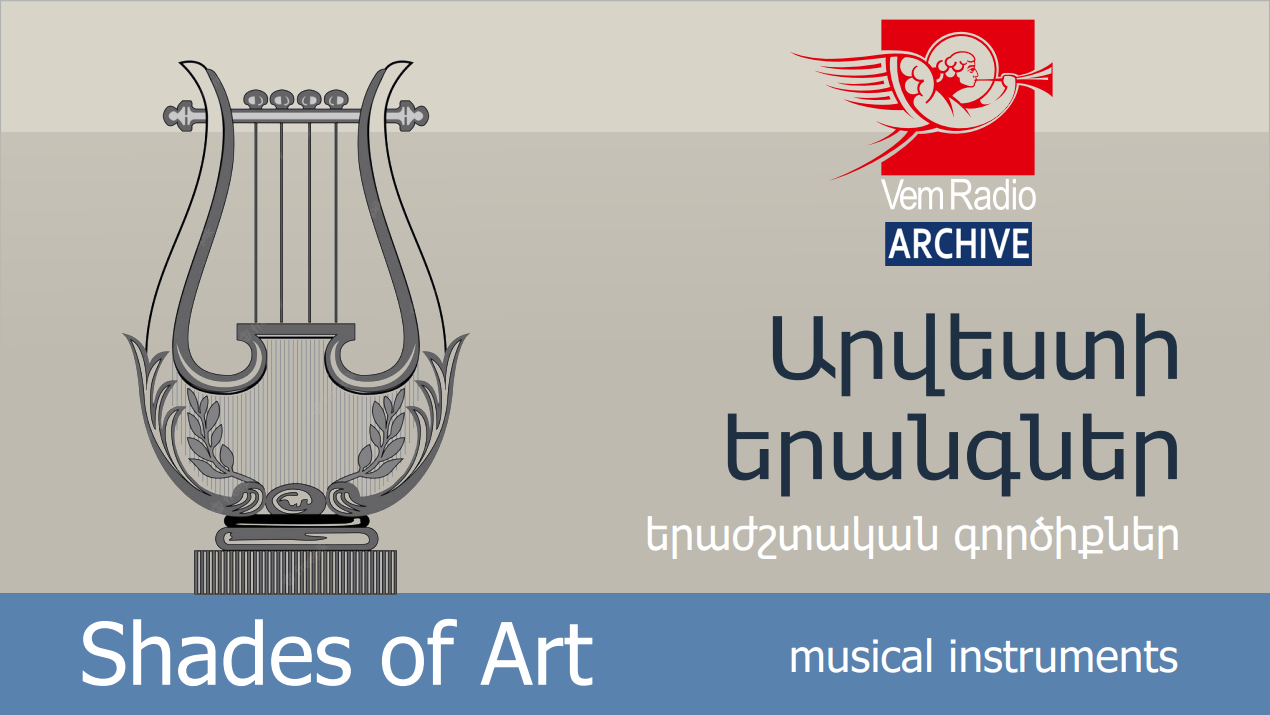
Celesta
In today’s episode, we dive into the world of the celesta, a unique and enchanting musical instrument. Discover its history, how it works, and hear some beautiful examples of its magical sound.

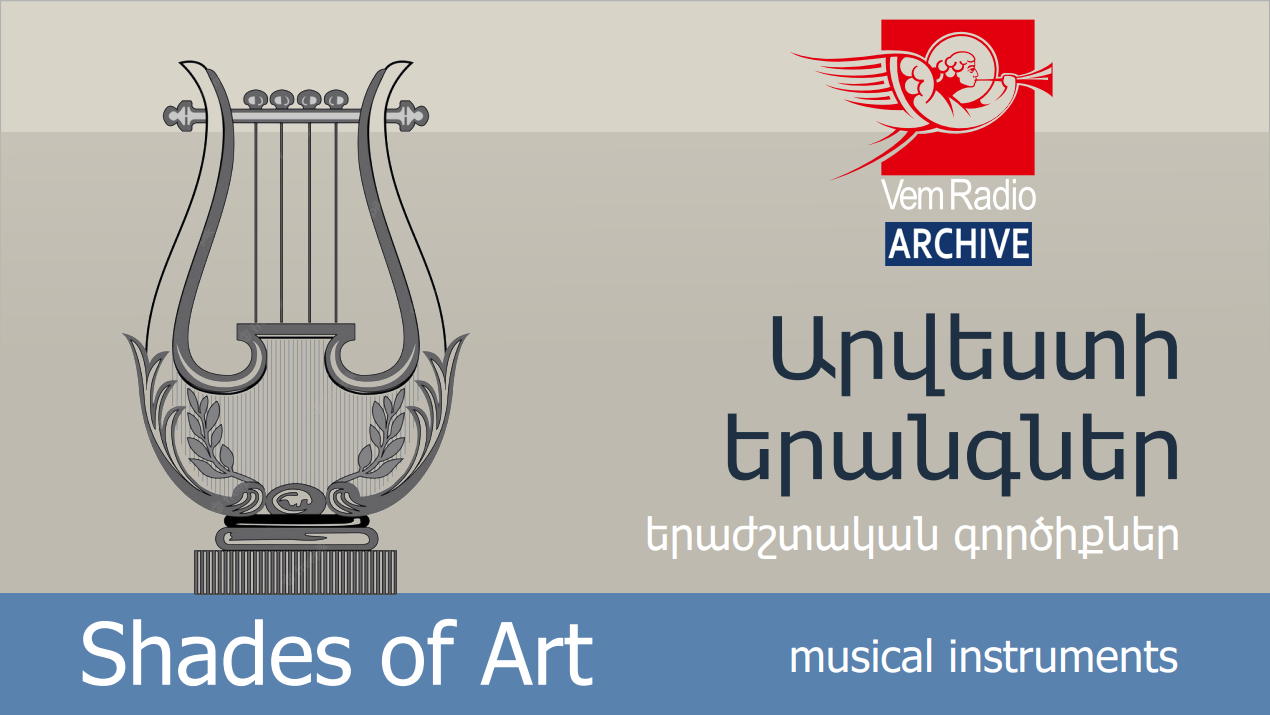
Parkapzuk
The instrument we present in today’s episode is known as the "parkapku" or "parkapzuk" in Armenian.

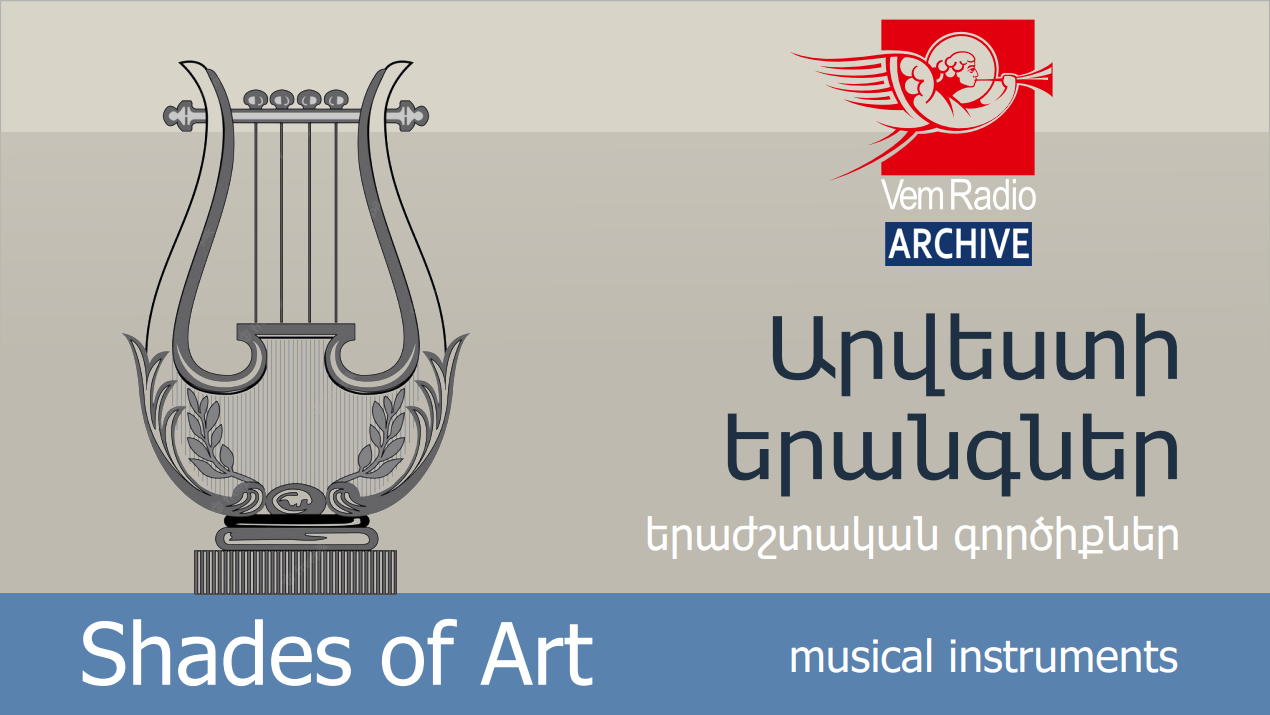
Accordion
In today's episode, we delve into the history of the accordion, a musical instrument whose invention is credited to our compatriot Cyrill (Kyuregh) Demian.

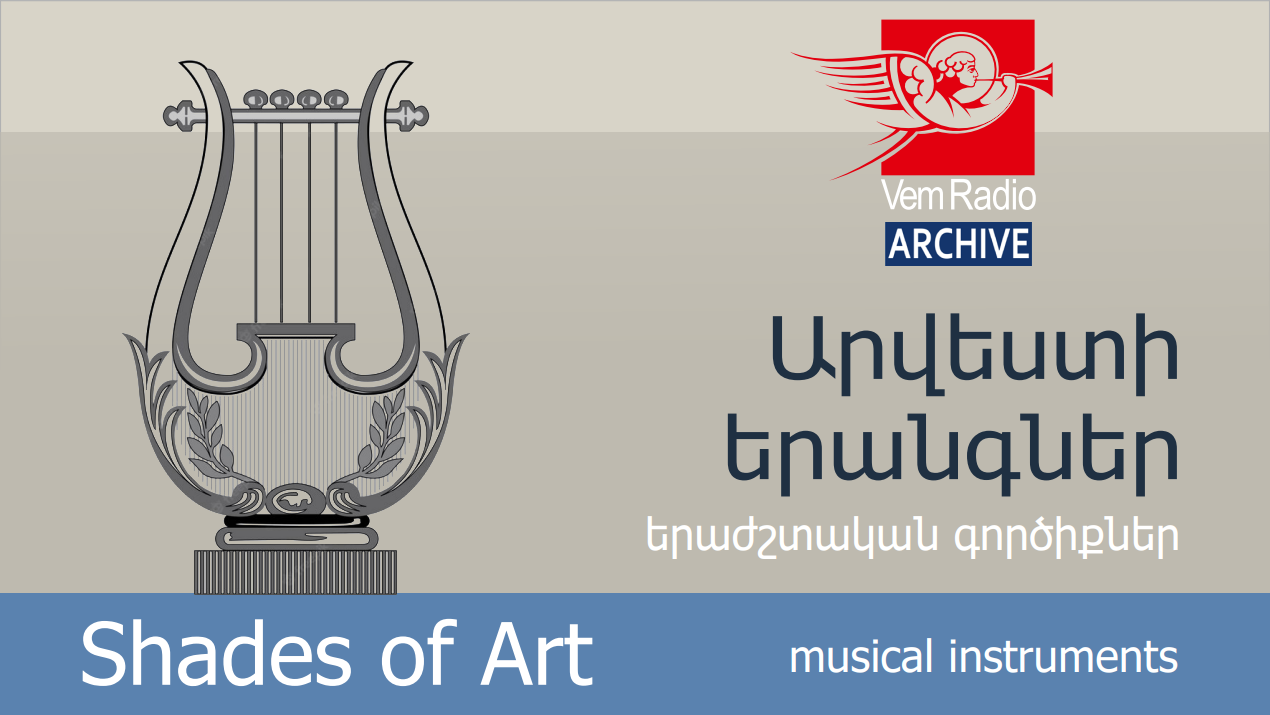
Biblical Musical Instruments
In this episode of our series on musical instruments, we uncover the history and significance of instruments mentioned in the Bible.

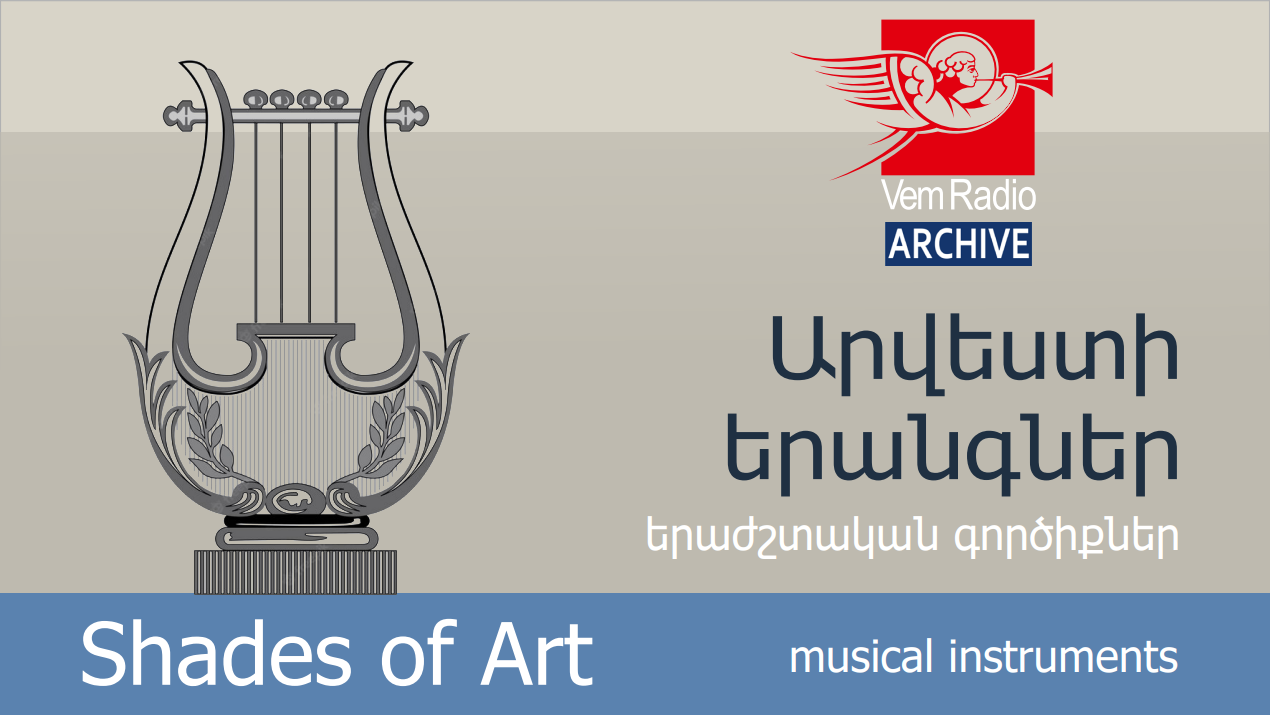
Pan Flute
In today's episode, we are spotlighting the musical instrument pan flute, also known as the syrinx in Greek tradition.

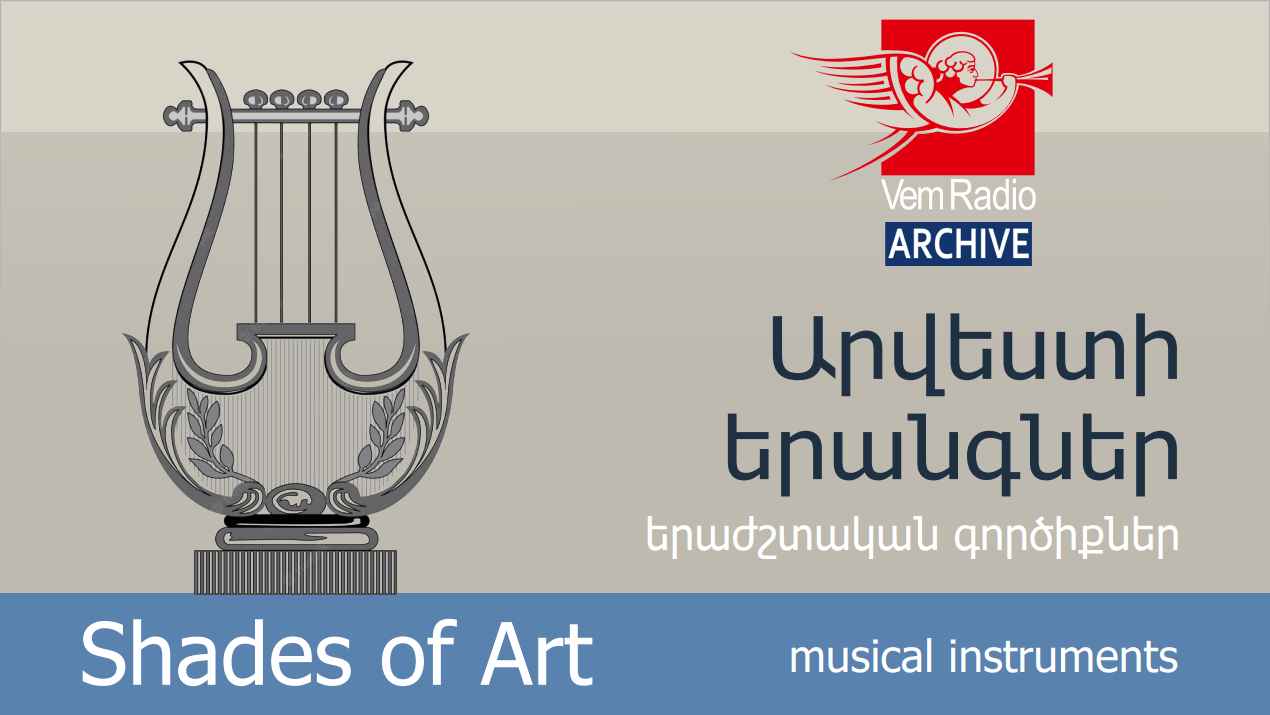
History of Opera
In today’s episode, we delve into the origins of opera, its dissemination, and the architectural challenges tackled by Alexander Tamanyan in crafting the Yerevan opera and ballet theater.

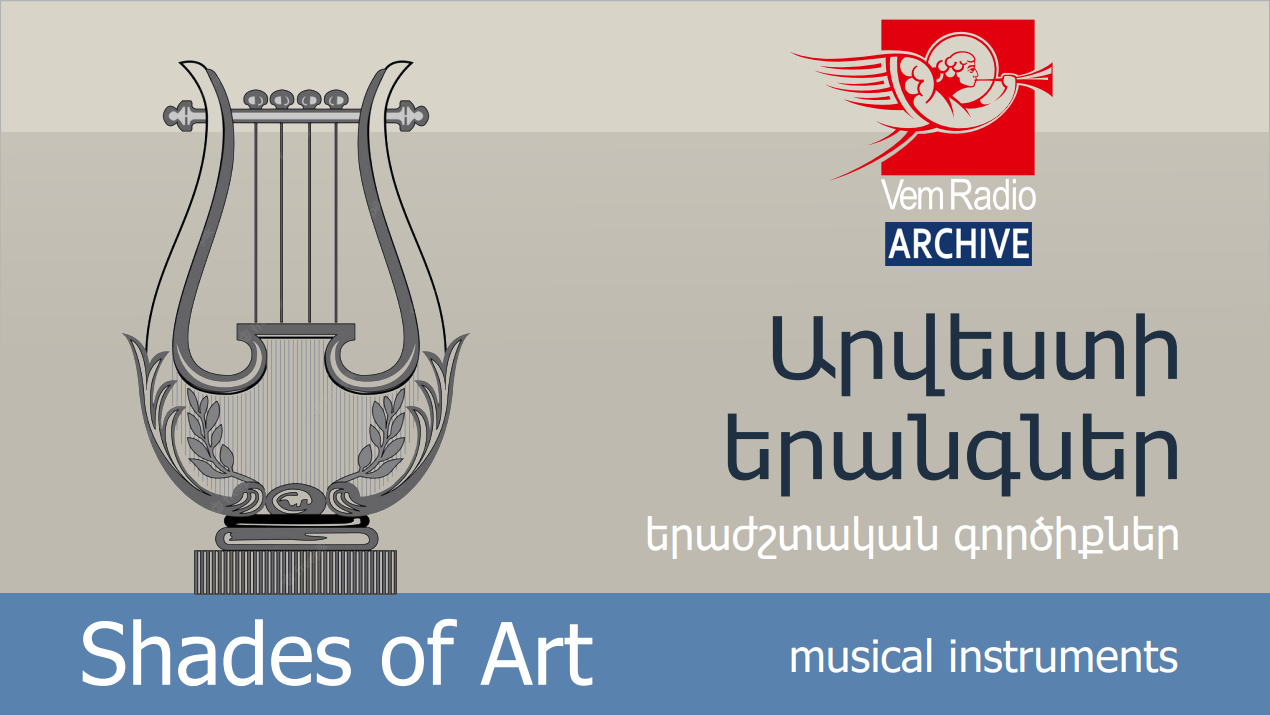
Troubadours
Today's episode celebrates the troubadours, iconic figures of the Middle Ages whose legacy profoundly impacted world art history.

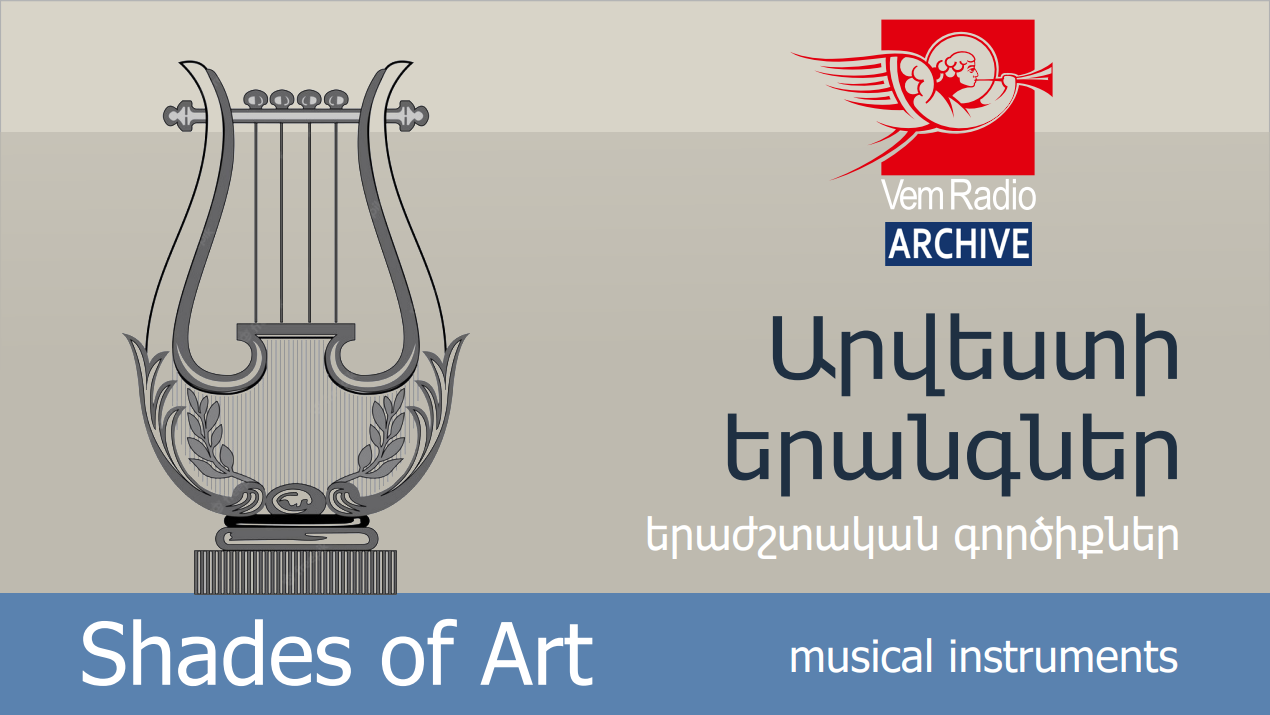
Harpsichord
In this installment of our ongoing series spotlighting musical instruments, let's delve into the world of the harpsichord—a plucked keyboard-stringed instrument.

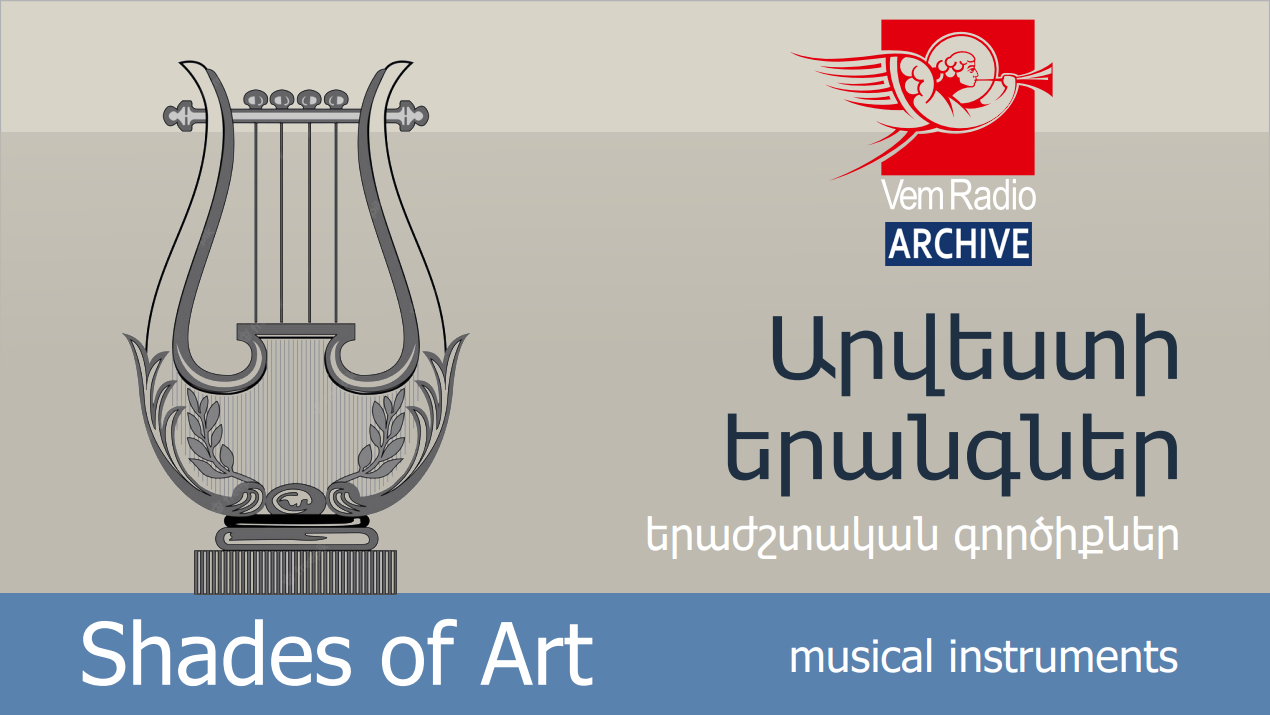
Aulos
As we pledged in our prior broadcasts, today's episode is dedicated to exploring one of the most ancient musical instruments known to humanity: the Greek aulos...

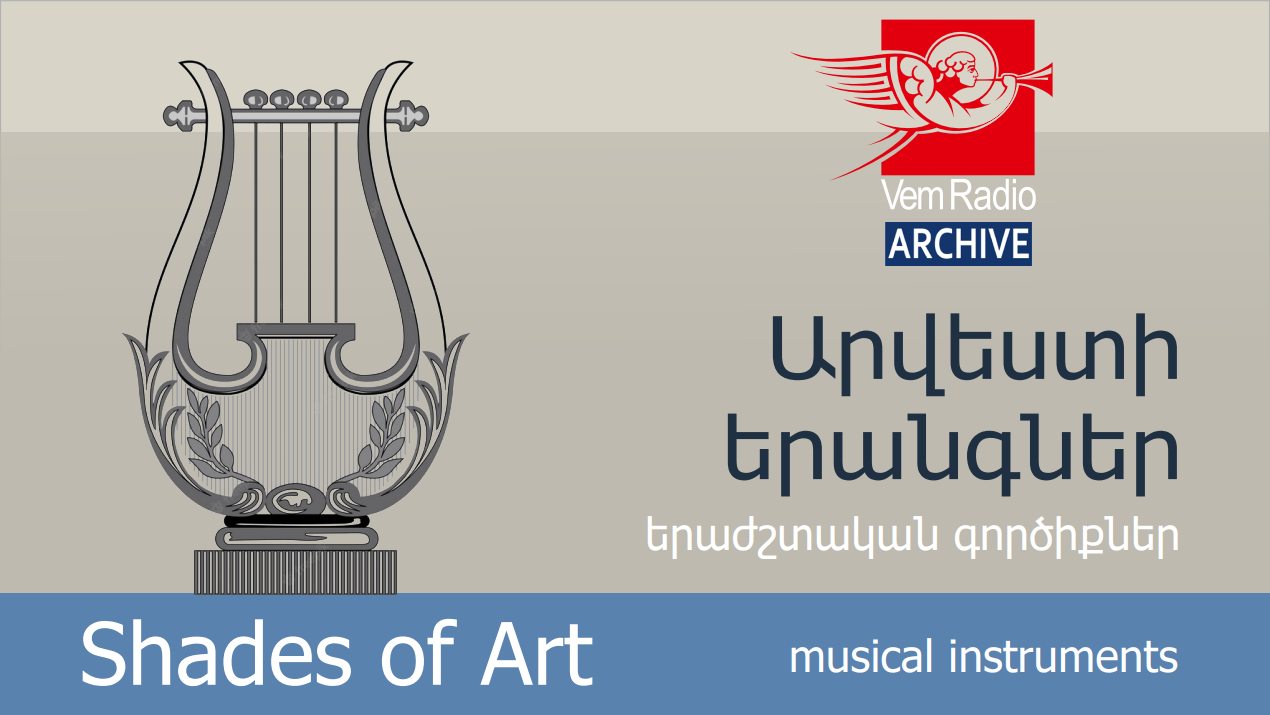
Recorder
Today's broadcast is dedicated to a musical instrument once admired by kings and great composers, only to be eclipsed by newer innovations and forgotten for many years. Known as the recorder or flauto dolce in Italian, which translates to "sweet flute," this instrument holds a rich history.

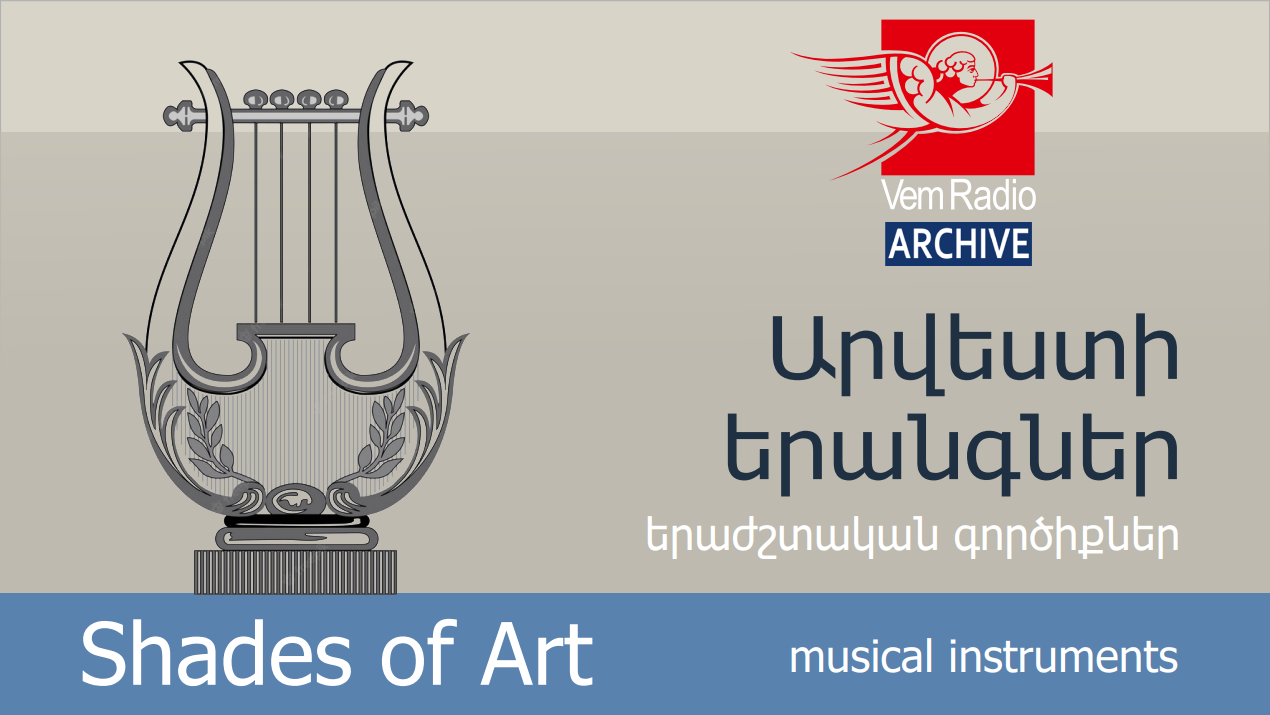
Barrel organ
Our today’s episode is dedicated to the mechanical musical instrument called Barrel organ.

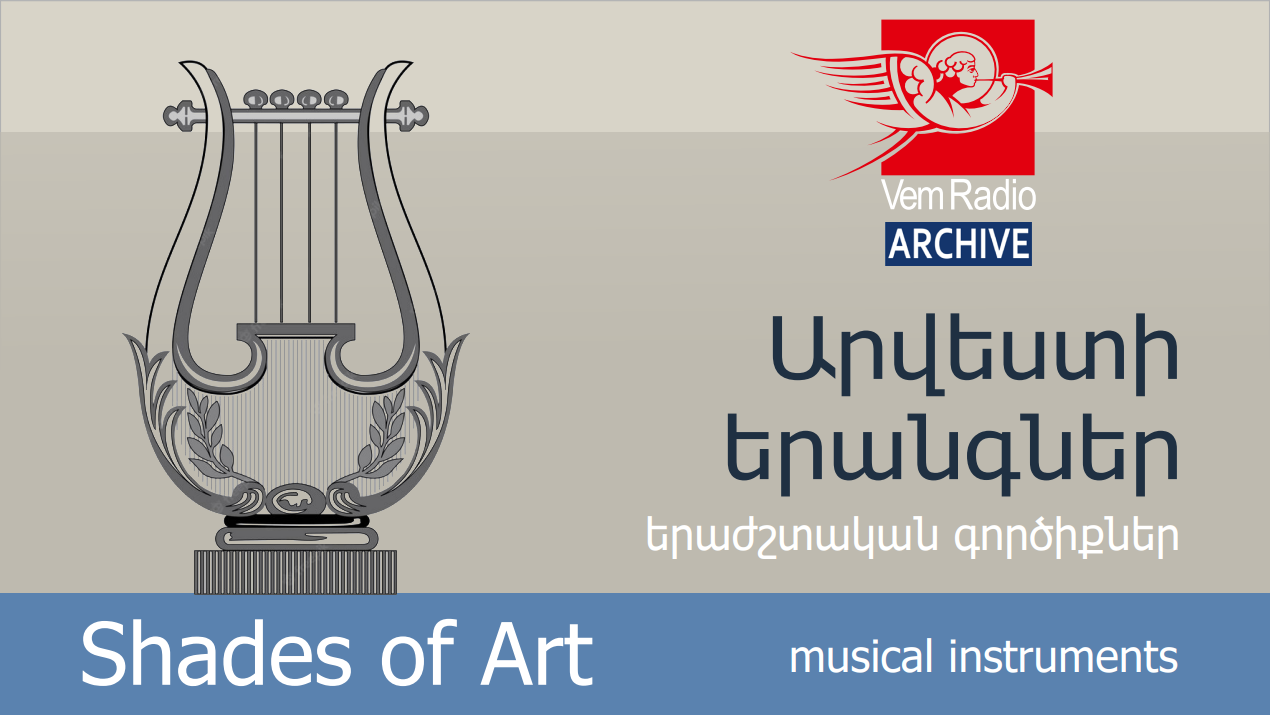
Lute
Welcome to today's episode, where we explore the enchanting world of the lute, a timeless musical instrument steeped in history.

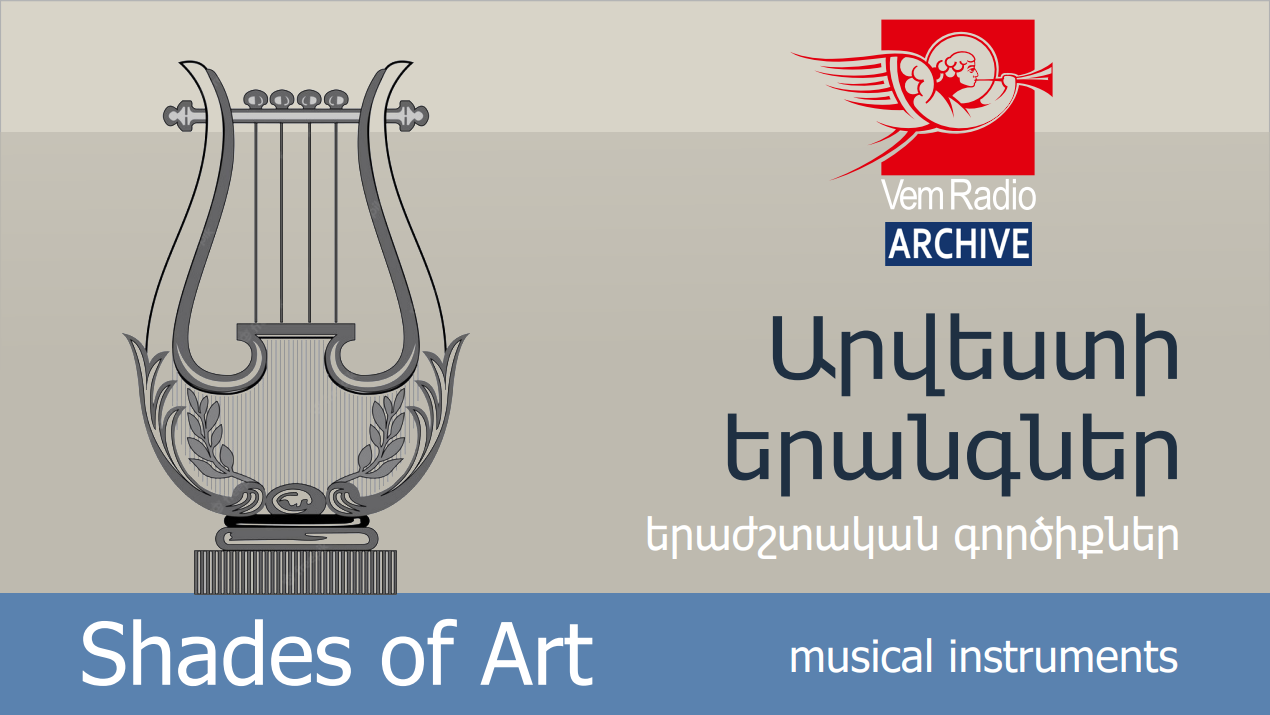
Organ
In our ongoing series exploring the history and legends surrounding musical instruments, today we invite our listeners to delve into the story behind the creation and evolution of the organ, often hailed as the monarch of musical instruments. Join us as we trace its journey through time and explore the pivotal moments that have shaped its development.

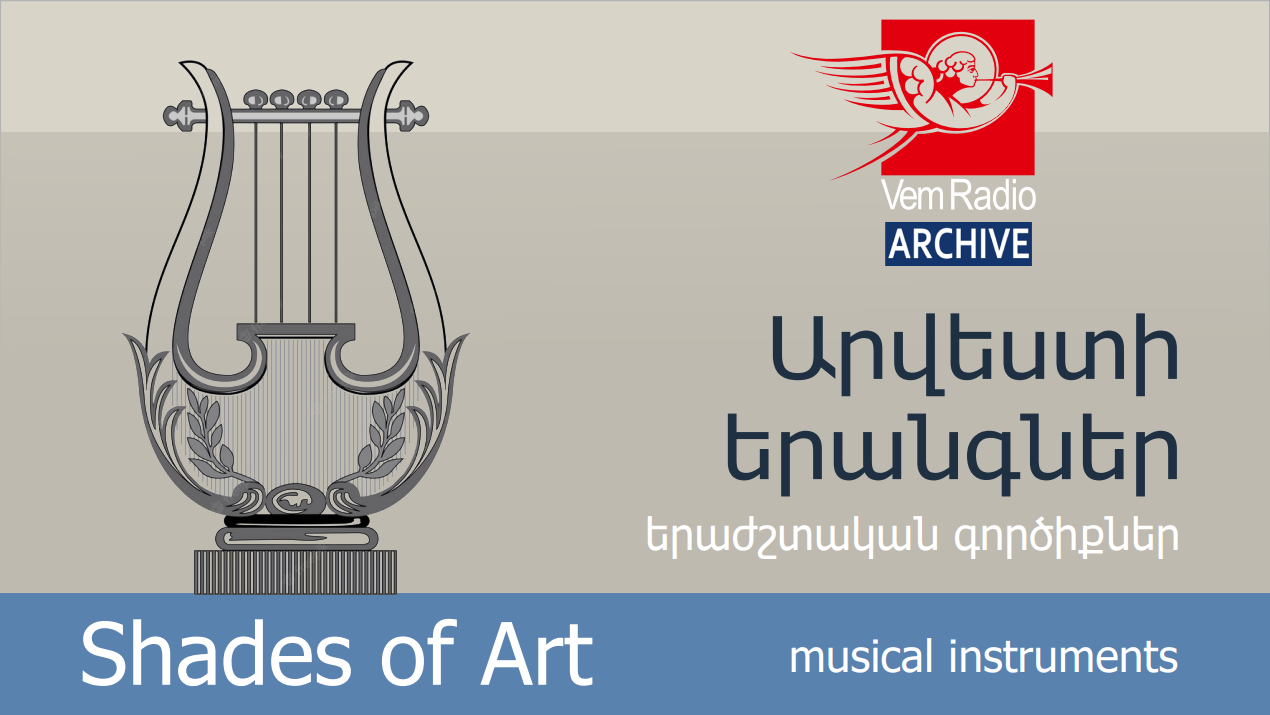
Exploring the History of Christian Sacred Music
In today's episode, we delve into the intricacies of Christian sacred music's heritage, tracing its evolution and formation through the annals of time.

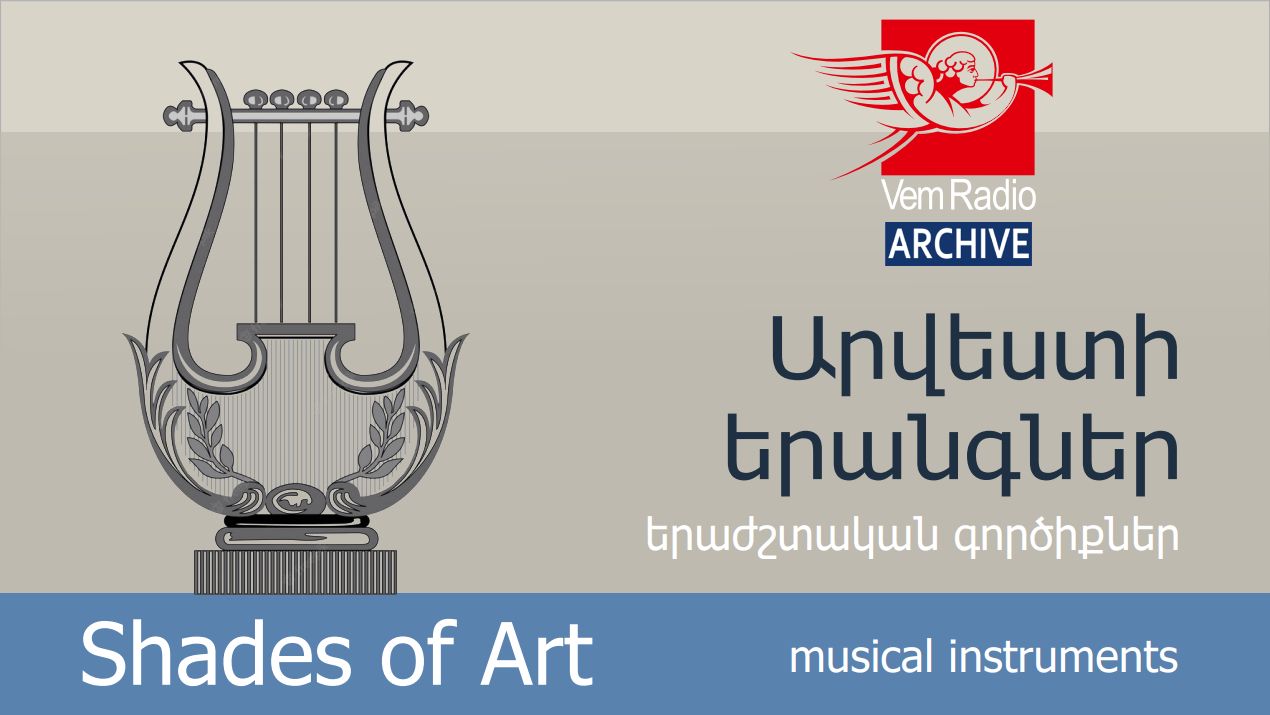
Exploring the Origins of Choral Art
In this episode, we delve into the history behind the inception of the first choirs.